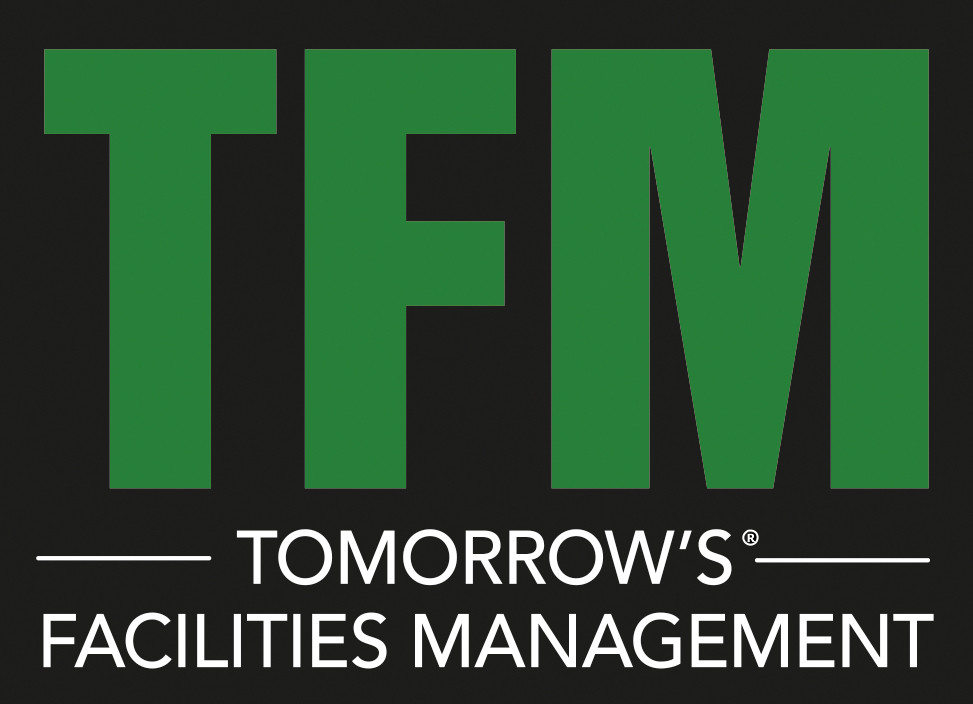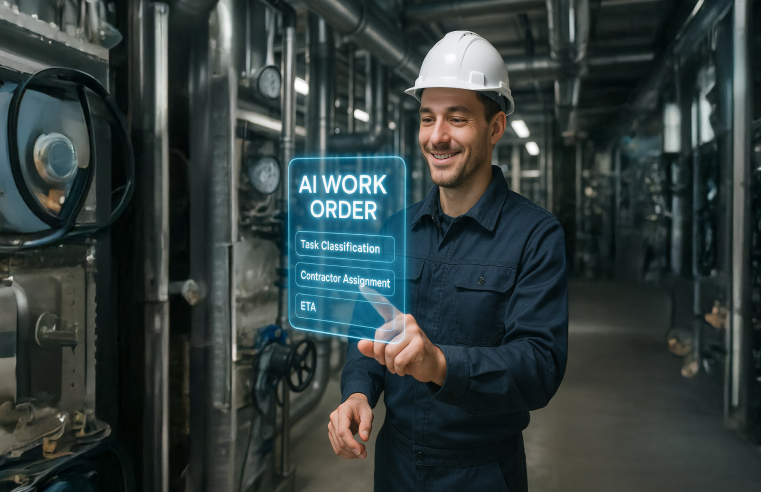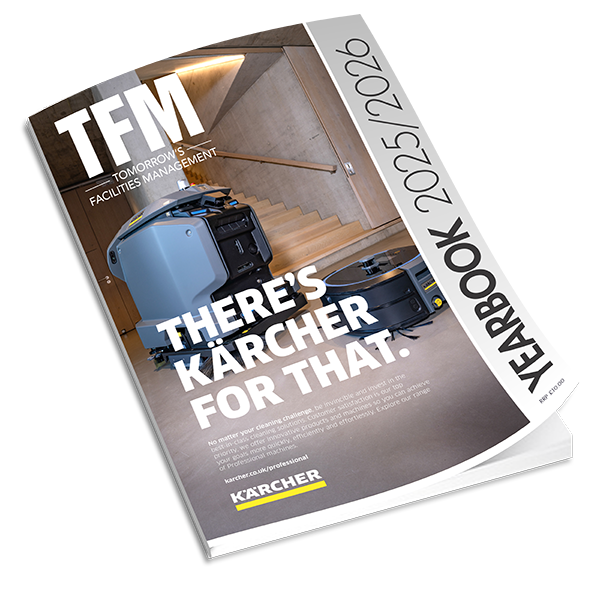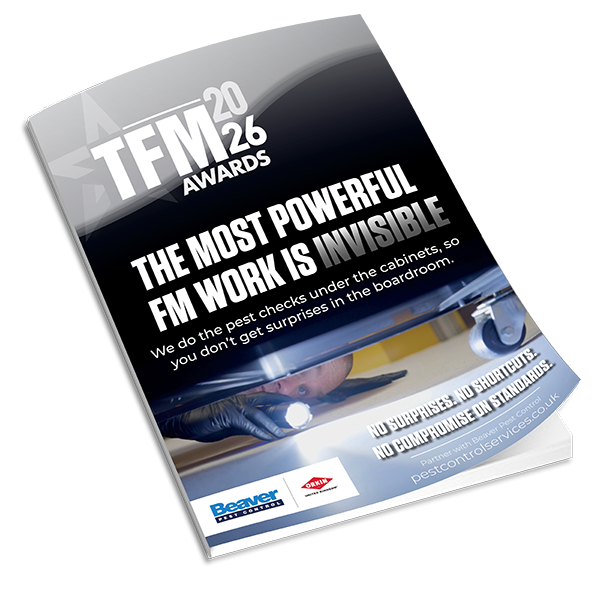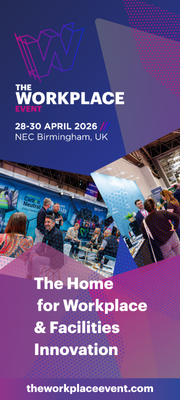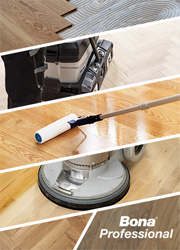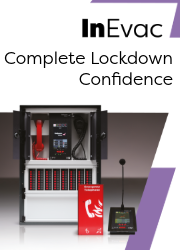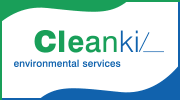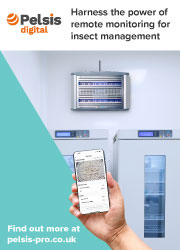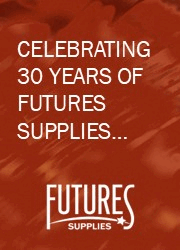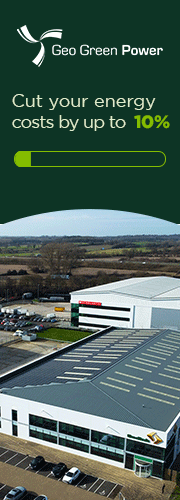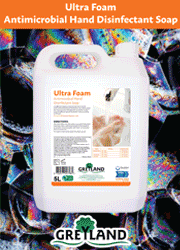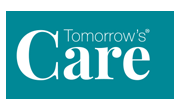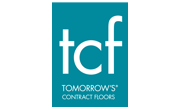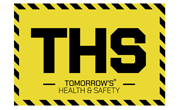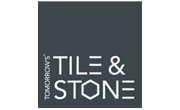Property operations and maintenance is not a one-person gig, then why does traditional CMMS treat it that way, asks Rajavel Subramanian, Co-founder & Head of Product.
While the technician is typically the one performing the maintenance, they are hardly the only stakeholder. For every property, there are occupants/employees, tenants/clients, vendors, technicians/field teams, managers, and executives. Each of them is invested in the operations of the building but sorely left out of the maintenance management process by existing CMMS platforms.
Let’s look at the state of affairs with a typical CMMS, which is designed for just one stakeholder: The field technician.
On a typical day, the field teams perform maintenance and update the CMMS. This information is also shared via email, WhatsApp, and other communication tools. In fact, in one of our webinars, 47% of the audience said that their teams spend more than four hours a week on tools outside of their CMMS for collaboration/stakeholder engagement. The problems don’t end there.
From these disparate systems, operations teams manually collect updates to notify occupants/tenants. They gather data and make reports manually. Managers and executives wait for anywhere between a week to a quarter to see portfolio-level reports. This results in:
- Occupants/customers being dissatisfied because raising service requests is tedious and updates are sparse
- Tenants losing trust in the property management teams due to poor service experience
- Vendors losing time and efficiency merely communicating updates
- Executives blindsided without the insights needed to make business decisions
A good Connected CMMS should give all stakeholders what they need and want — at the click of a button. It should go beyond maintenance to bring together people, processes, and systems. It should meet every ops stakeholder—from vendors to tenants to clients and executives— right where they are. With a good Connected CMMS, this is how your building operations might look.
1. Occupant experience: Improved comfort and satisfaction
Occupants are the ones who interact with the property, they are the end consumers. Yet, existing CMMS tools don’t prioritize them. They don’t offer anything by way of ‘occupant experience’ at all. So, there is no easy way for occupants to raise service requests, track issue status, interact with stakeholders in real time, etc. All of this happens outside the CMMS, mired by manual follow-ups over emails and phone calls. Even for the ops teams, current CMMS tools don’t offer automated ways to send these updates, creating an overall sub-standard experience.
A good CMMS should eliminate these challenges. The occupant/employee portal should empower them to help themselves in the following ways:
Book spaces: Reserve conference rooms, parking spaces, lockers, etc., from their mobile app/kiosk. In the world of hybrid work, this is even more important for managers and executives to forecast occupancy, but we’ll come to that.
Manage visitors: Occupants should be able to invite visitors, approve their entry into the building, share WiFi passwords, etc., frictionlessly. In the post-pandemic world, this should be touchless too.
Control comfort requirements: Turning up the heat or dimming the lights should happen right from their seat. More importantly, the CMMS must track their comfort requirements and automate them over time.
Raise service requests: While passing by the conference room and noticing that the projector isn’t working, no occupant should wait to return to their desk and send an email. They should be able to raise a service request right from their mobile phone as they walk along.
Be updated: For all their requests, they need to get real-time notifications and the ability to give feedback.
A Connected CMMS is not just convenient, it also makes business sense. Our clients have seen a 13% increase in workforce productivity with the Facilio Connected CMMS platform.
2. Tenant experience: Better visibility and service experience
Tenants want to optimize employee/occupant experience to inspire collaboration and innovation in the workplace. Yet, the existing legacy CMMS platforms lack the features needed to make this happen. They do not offer a dedicated app/portal for tenants, push notifications/alerts, or social features like chat/comment. A good connected CMMS should enable that by filling gaps in visibility, communication and strategic interventions.
Visibility: The tenant portal must offer complete real-time visibility into occupant experience and compliance posture. It should allow them to raise requests, track status, monitor package delivery, etc.
Communication: Tenants need on-time notifications about events, security drills and other announcements. They must also have easy interactions for administrative tasks like giving approvals, responding to queries, etc.
Strategic interventions: They need a dashboard that gives them a real-time view of occupant experience — how many service requests are pending, what’s the average resolution time, what’s the occupant feedback etc. A Facilio client saw an 83% reduction in tenant escalations within months of implementing our connected CMMS.
Beyond that, they also need KPI-driven metrics to make organizational decisions. For instance, occupancy rates can empower them to redesign their space to improve returns; air quality metrics can help improve the health and wellness of their employees.
3. Contractor experience: Quick TAT and improved SLAs
Vendors and field technicians are evaluated based on how quickly and well they attend to service requests. To do this, some vendors use their own mobile apps, leaving ops teams dangling for updates. Others manage these service requests through emails, WhatsApp messages, and phone calls, forcing ops teams to spend inordinate amounts of time ‘processing’ paperwork instead of attending to customer needs. A good connected CMMS platform can change this.
Automating basics: Vendor portals must automate critical processes like insurance documentation, permits, contracts, billing, etc., freeing up vendors to handle customer relationships. This would also make it easier for ops teams to track/assign currently active vendors
Streamlining workflows: Field teams should be freed from the burden of using multiple tools to complete small tasks. They need automated work order management, technician assignment, status updates, notifications, feedback, etc., adding efficiencies at every step.
360-degree visibility: Across technician activity, SLA adherence, service request statuses, and escalations, having real-time on-demand visibility is the first step to optimizing turnaround times and minimizing inefficiencies.
A good connected CMMS must allow vendors to do their jobs, eliminating the inefficiencies of updates, communications, reporting, etc., from their desks.
4. Executive visibility: Real-time KPIs and control at scale
Managers and executives need organizational-level visibility into operations for enterprise-level optimization capabilities. Existing CMMS systems don’t collect enough data or cover every process to enable this. So, the Tableau or Power BI dashboards that executives get are built using data gathered manually from disparate sources over time. This is often inaccurate and almost always delayed.
On the other hand, a connected CMMS can offer real-time visibility at the portfolio level. This enables leaders to:
- Get on-demand insights on assets, systems and team performance
- Measure ROI on key decisions
- Gain integrated view from across ERPs, ESGs, CMMS, etc.
- Benchmark property performance on custom KPIs
- Increase Net Asset Value (NAV) by improving performance and lifecycle at scale
A connected CMMS can also enable significant cost savings and new revenue streams. For instance, with simple IoT integrations with the connected CMMS, executives can have real-time access not just to occupancy but also to visitor movement. Based on these insights, they can forecast usage and perform demand-based HVAC management. They can track energy metrics to identify inefficiencies in the use of their assets and optimize them in real time.
Today, most existing CMMS is designed for maintenance management — to manage PPM, work orders and asset repository. This is not enough.
To thrive in the highly-competitive post-pandemic business landscape, you need a connected CMMS which adds value to every stakeholder.



